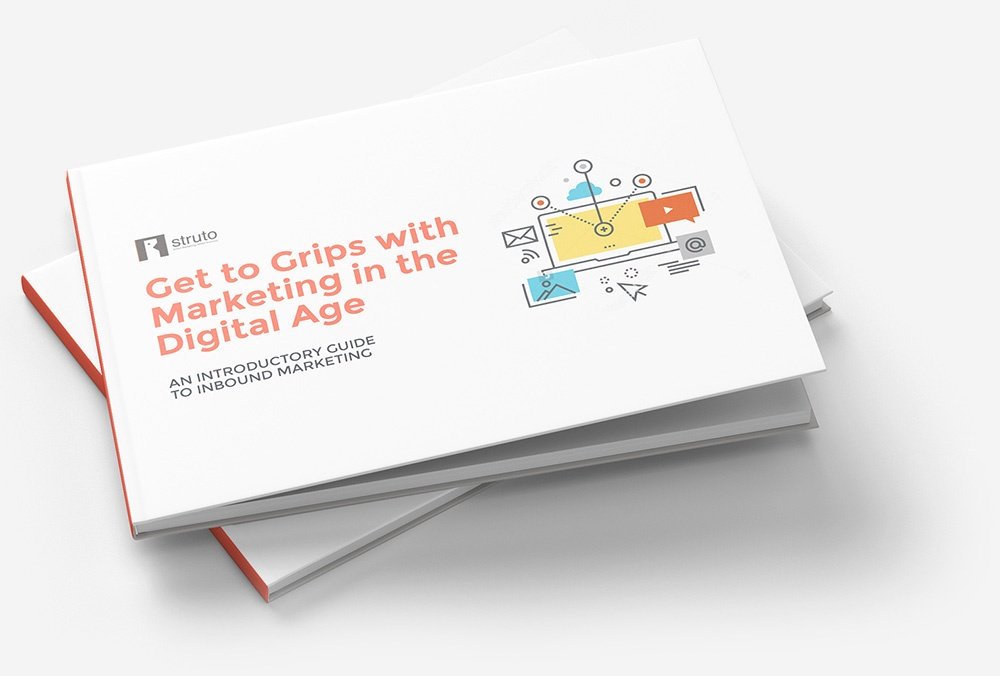Modelling ticket lifecycles based on state and activities are two different approaches that cater to different aspects of a ticket management process. Understanding the differences and advantages of each will help you choose the right method for your system or, indeed, use a combination of both approaches.
State-based modelling:
-
Focuses on the various statuses that a ticket can have throughout its lifecycle (e.g., New, Open, Pending, Solved, Closed).
-
Defines the rules and conditions that govern transitions between states.
-
Provides a clear overview of the ticket's current status and progression.
-
Makes it easier to monitor and measure key performance indicators (KPIs) related to ticket handling, such as the average time spent in each state.
Advantages of state-based modelling:
-
Simplifies the representation of a ticket's lifecycle, making it easier to understand and manage.
-
Provides a clear visual representation of the ticket's progression through the lifecycle.
-
Allows for easy identification of bottlenecks or issues in the ticket handling process.
-
Facilitates tracking and reporting on ticket handling performance.
Clearly, Zendesk natively uses this model and, while useful for providing a high-level overview of a ticket's progress, has certain limitations.
Limitations of state-based modelling:
-
Limited details on activities and workflows: State-based modelling focuses on the various statuses a ticket can have throughout its lifecycle, but it does not provide detailed information on the activities required to move a ticket from one state to another. This makes it difficult to understand the underlying processes, data dependencies, and resource requirements associated with ticket handling.
-
The potential oversimplification of ticket statuses may not always capture the nuances of different sub-statuses within a broader category. For example, a basic "Pending" status might need to be broken down into more specific types, such as "Pending Customer Response" or "Pending Internal Review." Similarly, a ticket returning to the "Open" state might have different reasons for doing so, such as "Reopened by Customer" or "Returned from Escalation."
-
Inflexibility in handling richer scenarios: State-based modelling usually represents a ticket's lifecycle linearly or hierarchically. This can make it challenging to model richer scenarios where multiple activities may coincide or where numerous dependencies and branching paths exist in the ticket-handling process.
-
Difficulty in identifying bottlenecks or inefficiencies: State-based modelling provides an overview of the ticket statuses but does not offer a granular view of the activities and workflows. This can make it difficult to identify specific bottlenecks, inefficiencies, or areas for improvement in the ticket-handling process.
-
Limited support for process automation: State-based modelling focuses on the high-level representation of ticket statuses, so it might not provide enough detail for process automation. Automated actions and triggers often require a detailed understanding of the activities, roles, and conditions involved in the process, which state-based modelling does not readily provide.
Activity-based modelling:
-
Focuses on the actions or activities needed to move a ticket from one state to another (e.g., Triage, Escalate, Resolve, Close).
-
Defines the flow of activities and their dependencies, as well as the roles and responsibilities of the involved parties.
-
Captures the operational aspects of ticket handling, such as data quality requirements.
-
Can be more detailed and flexible compared to state-based modelling, as it allows for the modelling of multiple paths and dependencies between activities.
Advantages of activity-based modelling:
-
Provides a more granular view of the ticket handling process, capturing the intricacies and complexities of the workflow.
-
It facilitates better resource allocation and workload management, explicitly modelling the actions required to handle a ticket.
-
Enables identifying and optimising specific activities in the ticket-handling process, leading to improved efficiency and effectiveness.
-
Allows for better process automation, as activities can be linked to specific triggers and conditions.
Limitations of state-based modelling:
-
The level of detail can make the model more complex and harder to understand, especially for stakeholders who may not be familiar with the intricacies of the process. This can make it challenging for managers and stakeholders to assess a ticket's current state quickly or identify patterns and trends in ticket handling.
-
May not be as suitable for tracking high-level performance metrics, such as the average time spent in each state or the percentage of tickets closed within a certain timeframe. These metrics often require a clear understanding of the ticket's overall progress, which can be better captured through state-based modelling.
In summary, state-based modelling is well-suited for situations where a clear and simple representation of the ticket lifecycle is desired, focusing on the status of tickets and their transitions. On the other hand, activity-based modelling is more appropriate when a detailed understanding of the ticket-handling process, including the activities, data quality, and resources required, is necessary. Each approach has its advantages and limitations.
However, combining activity-based modelling with state-based modelling can provide a comprehensive approach to ticket lifecycle management. In this scenario, activity-based modelling serves as the primary method to define the detailed workflow process. State-based modelling complements and supplements it by providing a high-level view of the ticket statuses. When starting with activity-based modelling and assigning states at the activities' conclusion, you're focusing on the detailed process first and then mapping states as a higher-level representation of the ticket lifecycle.
Here's how the two can be integrated effectively:
-
Define activities as a workflow: Begin by identifying the key activities in the ticket handling process, such as Triage, Escalate, Resolve, and Close. Design the workflows for these activities, specifying the sequence, data dependencies, and roles responsible for performing them.
-
Assign states to activities: For each activity, determine the resulting state, if applicable, after the activity is completed. For example, after the "Triage" activity, the ticket might be in the "Escalate" state, while after the "Resolve" activity, it might be in the "Solved" state. This mapping helps ensure that each activity is associated with a specific state that reflects the progress of the ticket.
-
Define transition rules: Establish rules and conditions governing the execution of activities and the transitions between states. These rules might include prerequisites for specific activities, approval requirements, or time-based conditions, which help maintain consistency and control over the ticket lifecycle.
-
Monitor and visualize: Use activity-based modelling to analyse and optimize the detailed process, such as resource allocation, workload management, and process efficiency. Meanwhile, state-based modelling can be used to visualize and monitor the overall progress of tickets, providing a high-level view that complements the activity-based perspective.
-
Implement automation and enforce rules: Leverage the combination of activity-based and state-based modelling to implement automation and enforce business rules. For example, use the activities and their associated states to trigger automated actions, notifications, or state transitions, while ensuring that the process follows the defined rules and conditions.
This combination of methods ensures that the activities drive the process while the states provide a clear and easily understandable representation of the ticket lifecycle.

AN INTRODUCTORY GUIDE TO INBOUND MARKETING
Get to grips with marketing in the digital age
Lorem ipsum dolor sit amet, consectetur adipiscing elit. Suspendisse varius enim in eros elementum tristique. Duis cursus, mi quis viverra ornare, eros dolor interdum nulla, ut commodo diam libero vitae erat.
Download GuideComments
